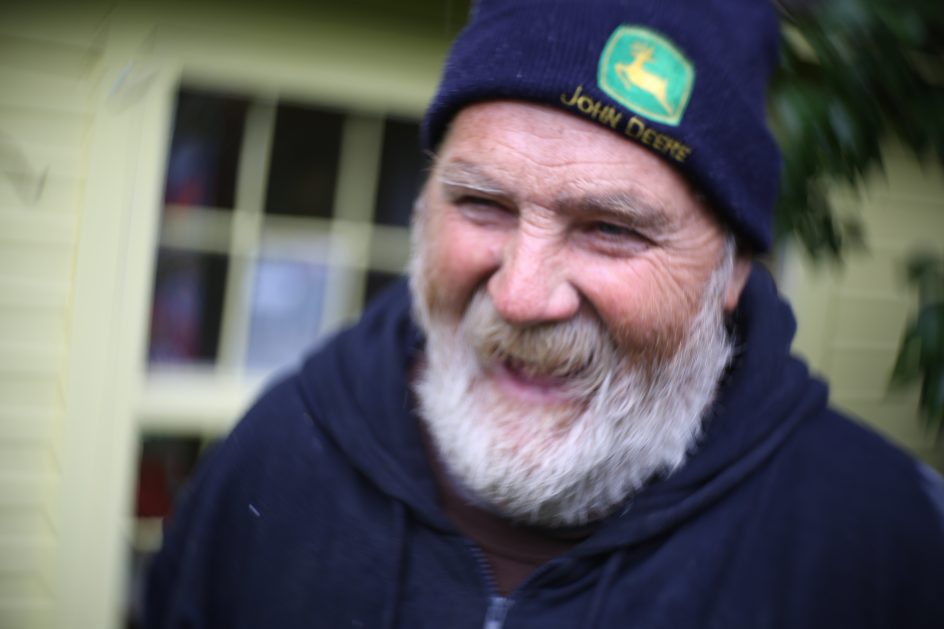
They say that a man, seeing others die all around them, never thinks that he or she will die.
In a recent New York Times article, a doctor named Jack Weissman was quoted as saying “What strikes me about our system is that more people are afraid of how they are going to die than the fact that they are going to die.”
As someone who has worked as a hospice volunteer, I believe there is a lot of truth in that.
When we do think of dying, writes Sushila Blackman in her book Graceful Exits: How Great Beings Die, we are often more concerned with how to avoid the pain and suffering that may accompany our deaths than we are with really confronting the meaning of death and how to approach it.”
We are in dire need of role models, she wrote, people to show us how to face leaving the world gracefully and to place death in its proper perspective.
We don’t see that done very often.
I think many of us know that in America, death is now another corporate system, not just an individual experience.
We have very few choices about how to die.
Nobody really dies alone or in freedom, especially when we are snared in the death system – insurance companies, pharmaceuticals, hospitals, hospice, nursing homes, politicians and legislators and regulators, friends and family.
A hundred years ago, the average American took a week or two weeks to die, on average, almost always at home. In America, the average time it takes to die is about six years. And it often costs a staggering amount of money and involves scores of people.
The dying have little power or representation in the process. Dying is often prolonged, undignified and unnecessarily painful.
Today is my friend Ed Gulley’s funeral, and I am going to be there. I’m not going to mourn Ed but to celebrate his life.
The family told me it was important to them that I be there, so it is important to me, and to Maria, to go. I am happy to say that Ed sought what some spiritual people call a “Graceful Exit.”
He did think about it, he did confront and seek out its meaning for him, and for those around him. That was his final accomplishment in life, and it is a very significant one.
He thought about how he wanted to die, wrote about it, spoke about it, made videos about it, blogged about it, discussed it with his wife, family and friends. He wanted to at home, he wanted calling hours to be in an open corn field, he wanted to be buried in the family plot in White Creek, N.Y., and he wanted to be buried in his camo pants and shirt with his family and farmers all around him
People keep telling me how sad it is to lose someone like Ed, and everybody has to make up their own mind about this. I can’t speak for Carol or for Maggie or Chad or Jesse or Jeremy, and wouldn’t. But speaking for me, sadness is only one small part of what I feel for Ed. I am grateful he got to live the life he wanted.
The experience of watching his family gather to love and care for him was nothing but beautiful. He died in a cloud of love.
As I think about Ed’s life and prepare to say the final goodbye, I look for the lessons in his death, of course. When I converted to Quakerism as a teenager, the first thing I learned from that pure and good faith was to celebrate life as well as mourn it.
Ed had a graceful death, insofar as it was possible, he put it in its proper perspective.
He did not, in fact, fear death nearly as much as he feared the prolonged suffering that he and his family might have to endure because of it. And he broke free of the restraints of others, as he did all of his life.
At the end, he lived out the old cliche, he died as he lived, the way he wanted to. I wish him a Graceful Exit today.
